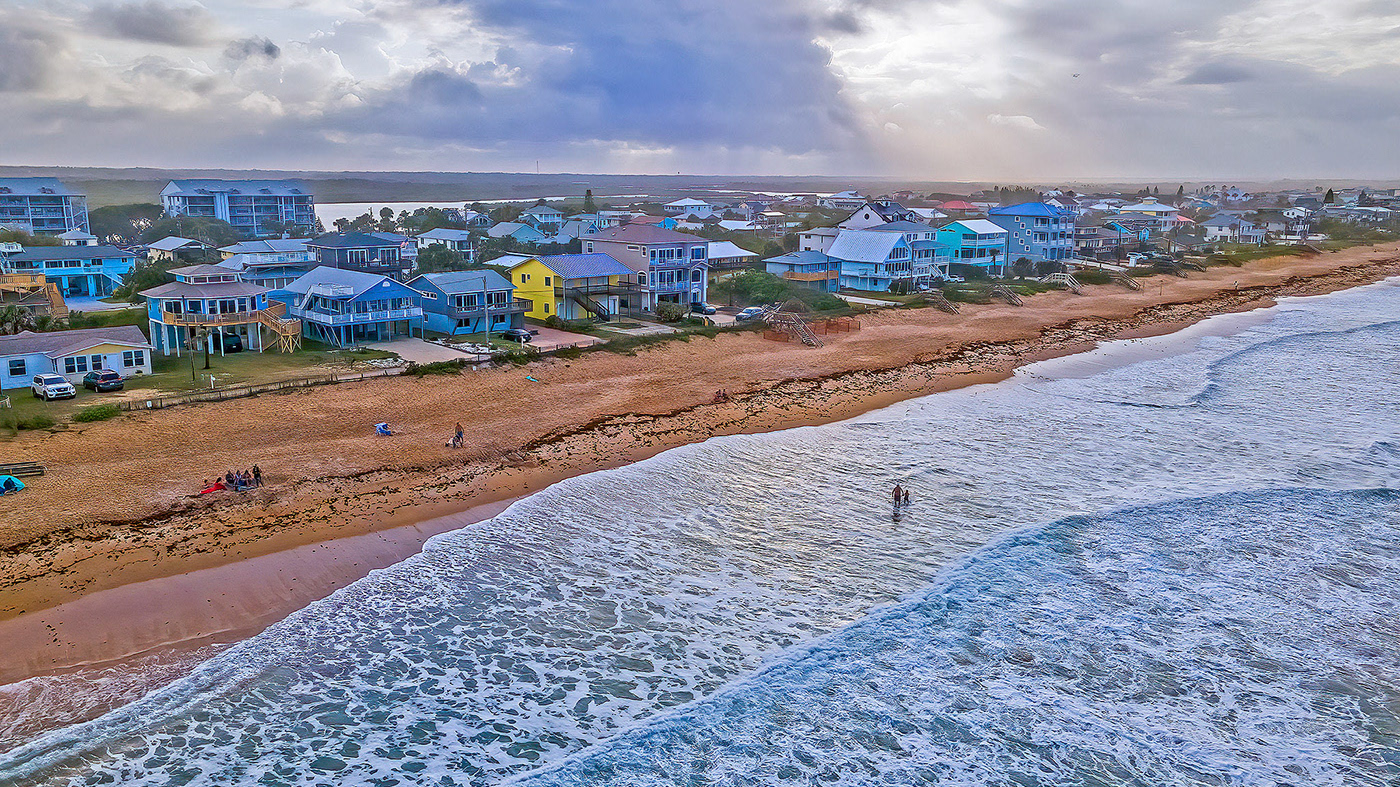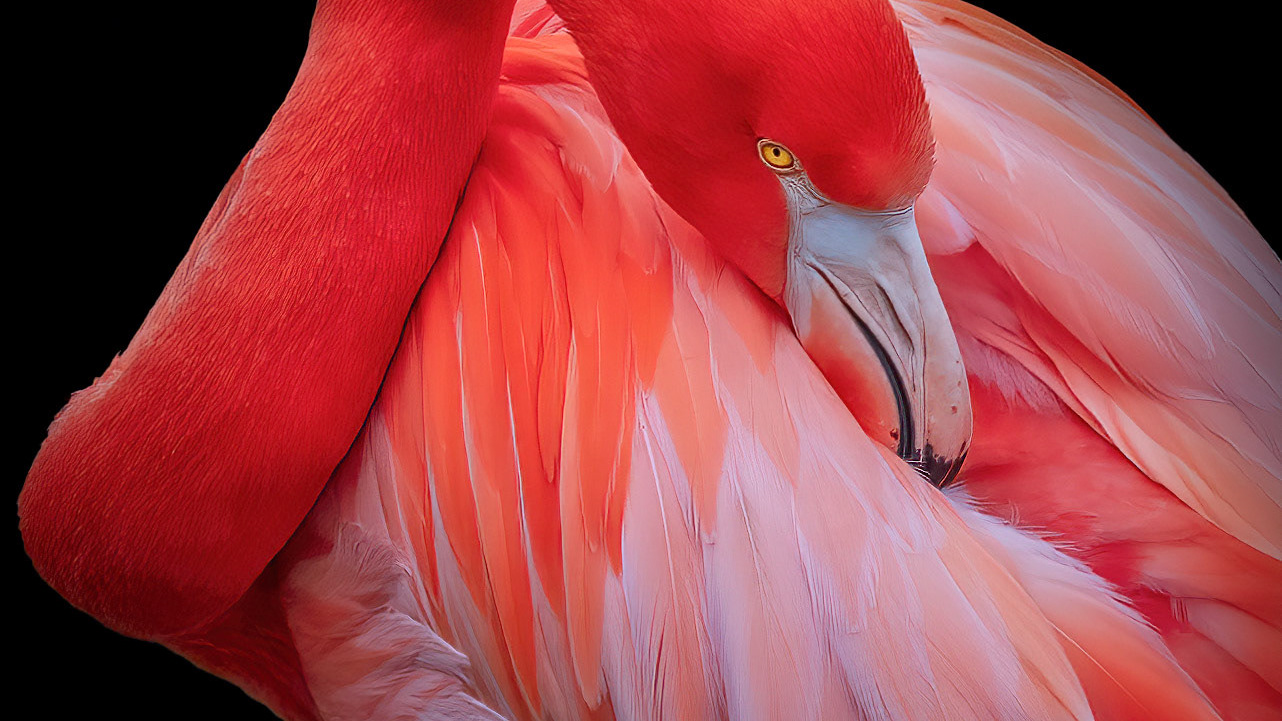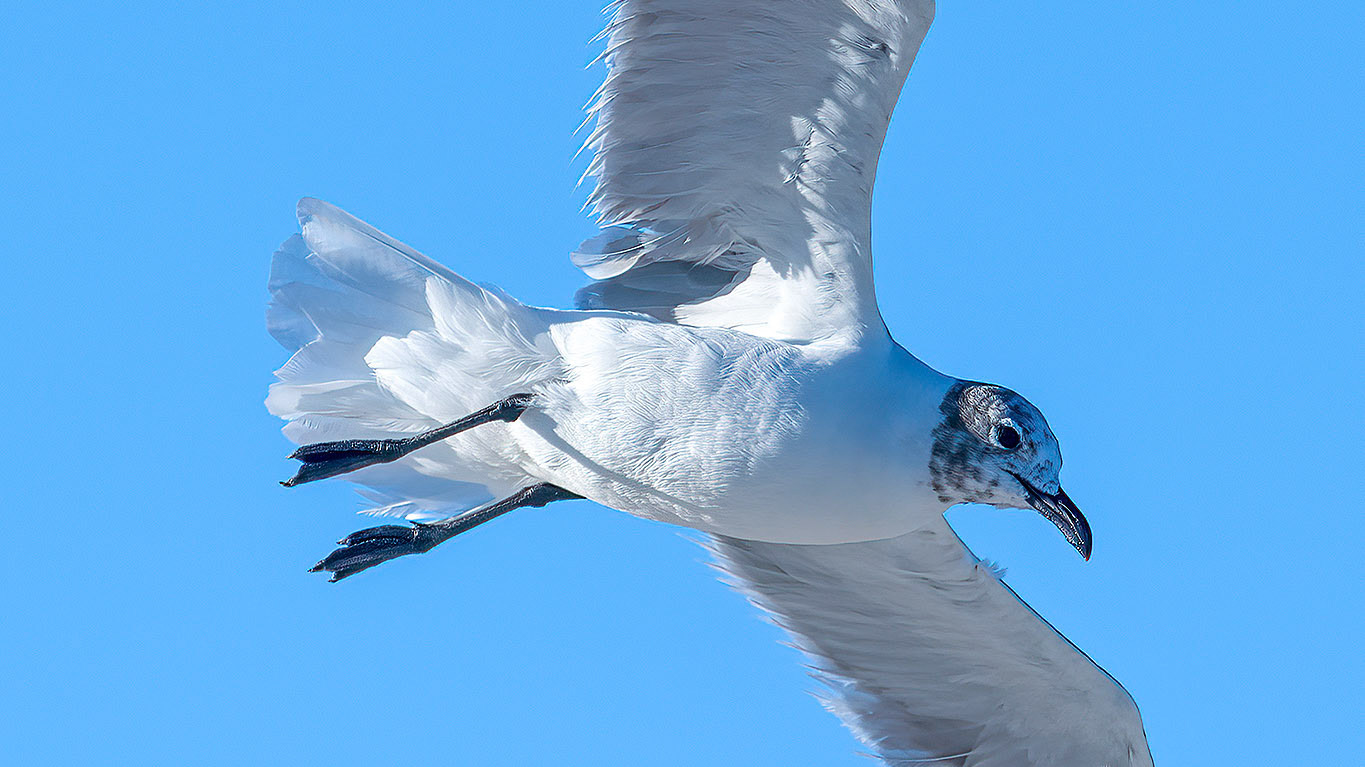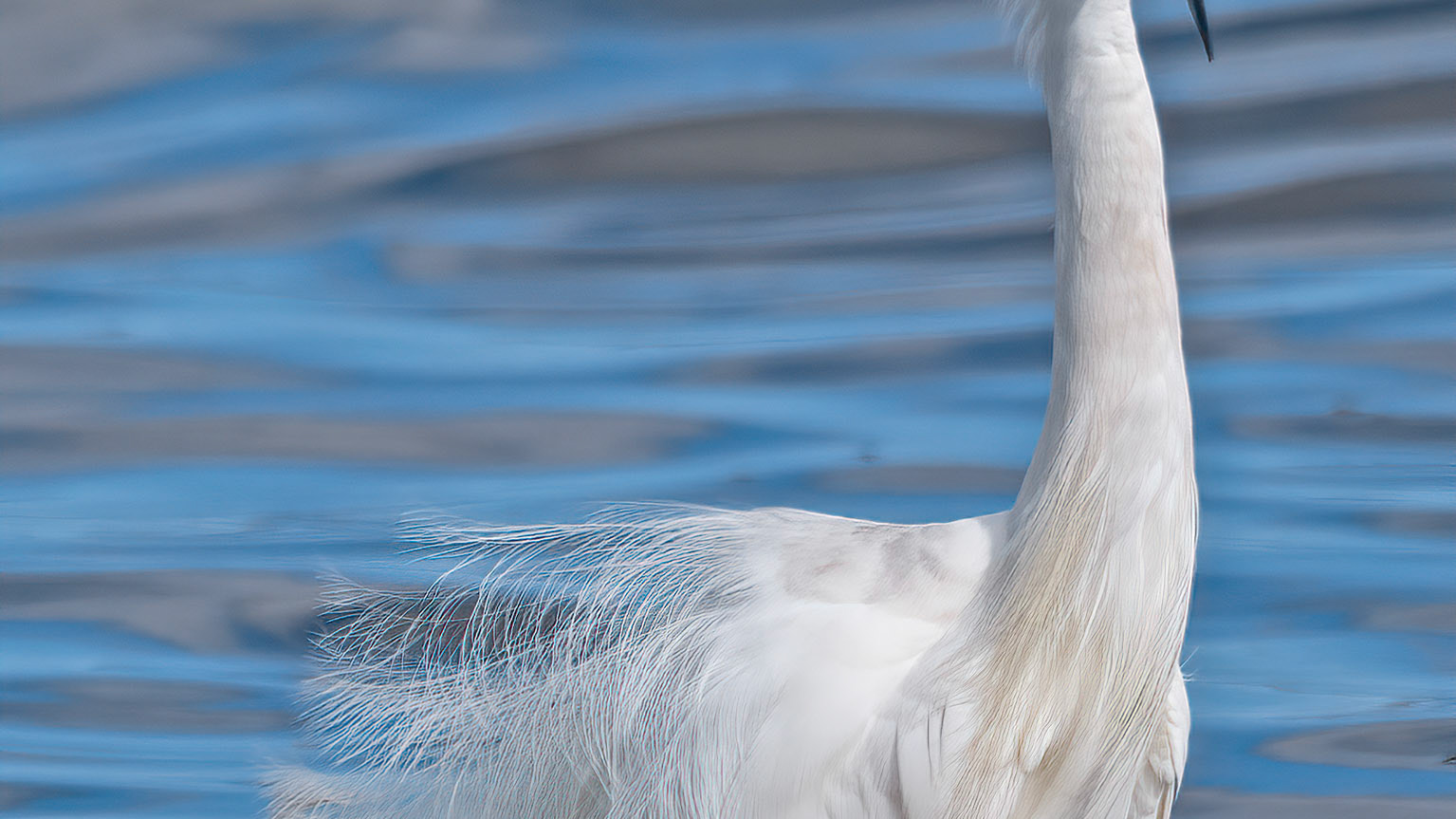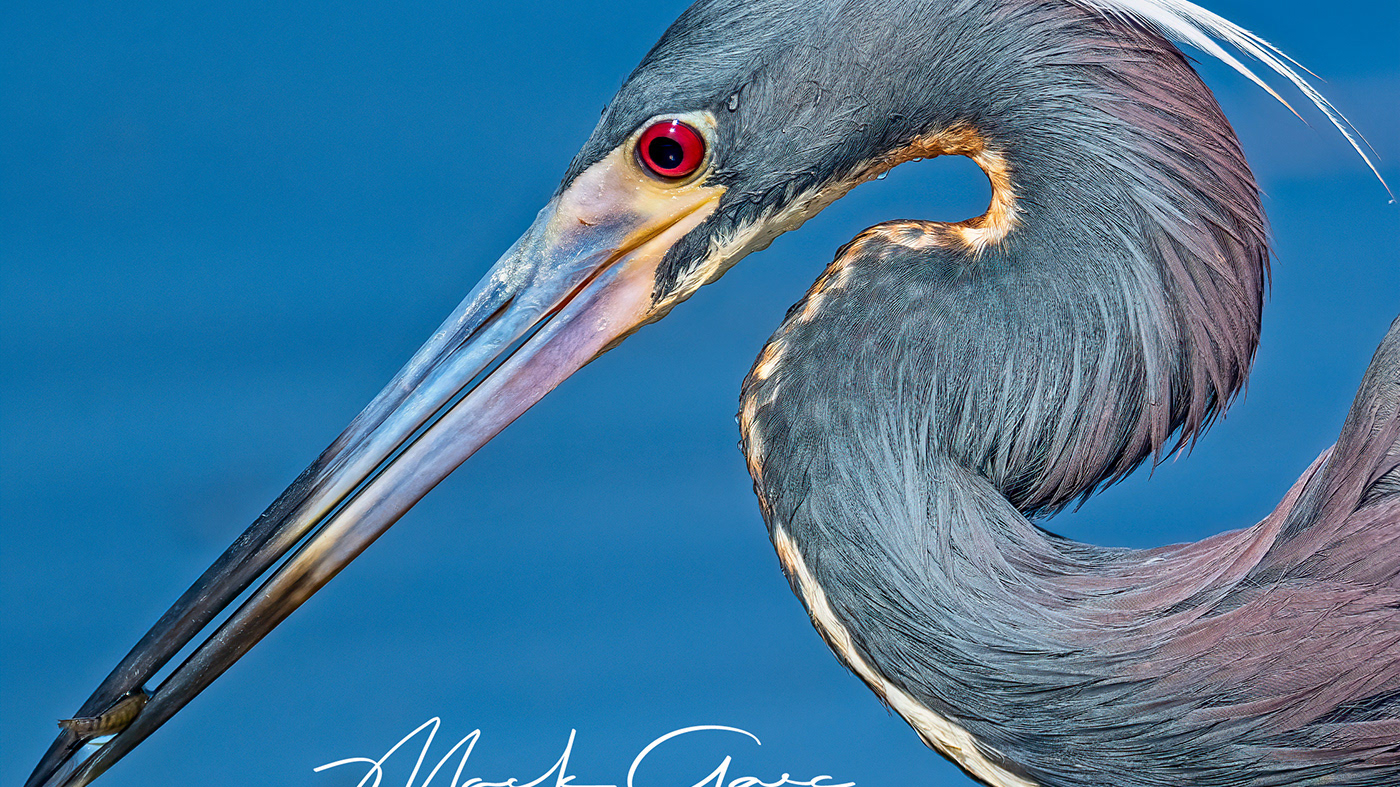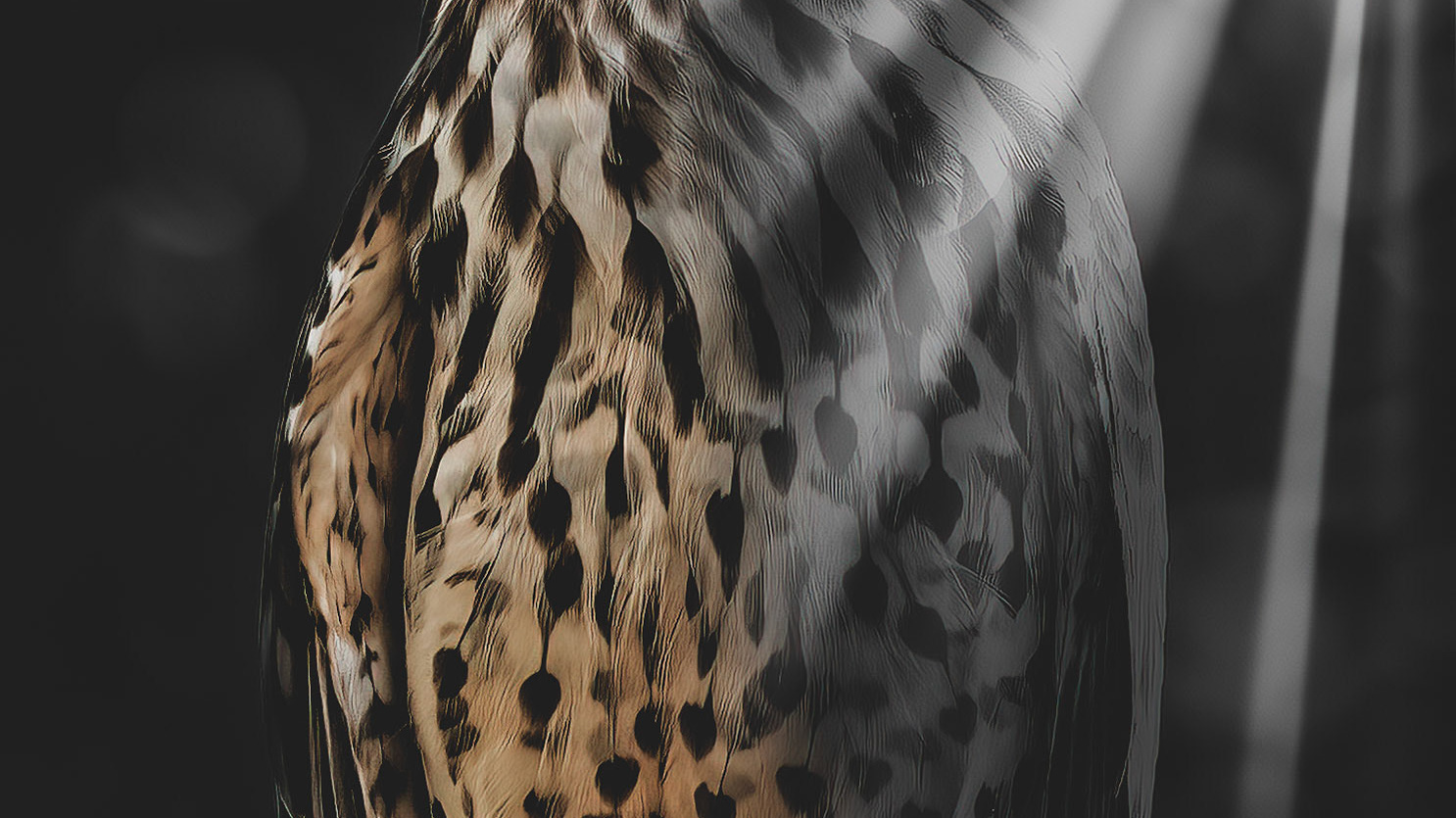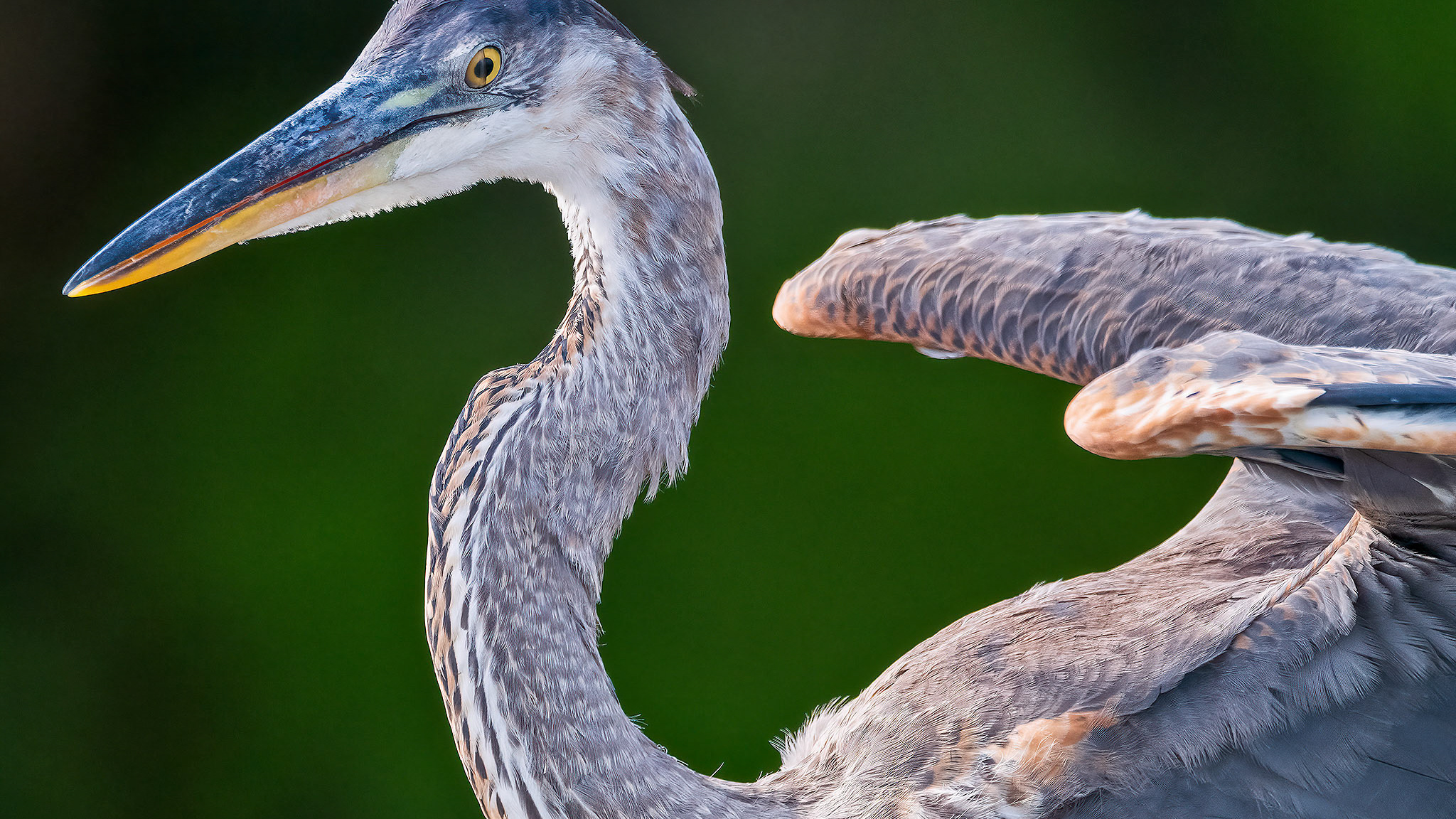Ospreys
The osprey or more specifically the western osprey (Pandion haliaetus) — also called sea hawk, river hawk, and fish hawk — is a diurnal, fish-eating bird of prey with a cosmopolitan range. It is a large raptor, reaching more than 60 cm (24 in) in length and 180 cm (71 in) across the wings. It is brown on the upperparts and predominantly greyish on the head and underparts.
The osprey tolerates a wide variety of habitats, nesting in any location near a body of water providing an adequate food supply. It is found on all continents except Antarctica, although in South America it occurs only as a non-breeding migrant.
El águila pescadora o, más específicamente, el águila pescadora occidental (Pandion haliaetus), también llamado halcón de mar, halcón de río y halcón de pescado, es un ave de rapiña diurna que se alimenta de peces con un rango cosmopolita. Es una gran rapaz, que alcanza más de 60 cm (24 pulgadas) de longitud y 180 cm (71 pulgadas) a través de las alas. Es marrón en las partes superiores y predominantemente grisáceo en la cabeza y las partes inferiores. El águila pescadora tolera una amplia variedad de hábitats, anidando en cualquier lugar cerca de un cuerpo de agua proporcionando un suministro adecuado de alimentos. Se encuentra en todos los continentes, excepto en la Antártida, aunque en América del Sur ocurre solo como un migrante no reproductivo
Osprey
As its other common names suggest, the osprey's diet consists almost exclusively of fish. It possesses specialized physical characteristics and exhibits unique behaviour to assist in hunting and catching prey. As a result of these unique characteristics, it has been given its own taxonomic genus, Pandion and family, Pandionidae. Three subspecies are usually recognized; one of the former subspecies, cristatus, has recently been given full species status and is referred to as the eastern osprey.
To date there have been two extinct species named from the fossil record. Pandion homalopteron was named by Stuart L. Warter in 1976 from fossils of Middle Miocene, Barstovian age, found in marine deposits in the southern part of California. The second named species Pandion lovensis, was described in 1985 by Jonathan J. Becker from fossils found in Florida and dating to the latest Clarendonian and possibly representing a separate lineage from that of P. homalopteron and P. haliaetus. A number of claw fossils have been recovered from Pliocene and Pleistocene sediments in Florida and South Carolina.
In Buddhism, the osprey is sometimes represented as the "King of Birds", especially in 'The Jātaka: Or, Stories of the Buddha’s Former Births'
When diving after fish, Ospreys can completely submerge themselves underwater and still be able to fly away with their prey. Most other fish-eating birds of prey can only pluck fish from the surface of the water as they fly by.
When they dive into the water, Osprey close their third eyelid – called a nictitating membrane – which is semi-transparent. It acts like goggles and helps them see clearly beneath the water.
When Osprey carry their prey, they always re-position the fish so that its head faces forward in a streamlined position for transporting through the air.

